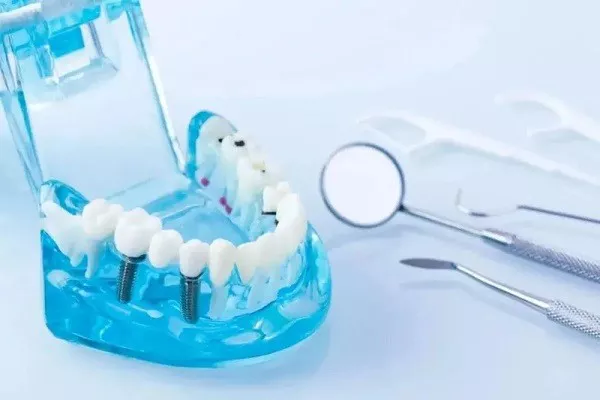The alignment and spacing of our teeth play a crucial role in both oral health and aesthetics. While most people desire straight and well-aligned teeth, some individuals may notice their teeth spacing out or developing gaps between them. This phenomenon can raise questions about the underlying causes, potential impacts on oral health, and available treatment options. In this article, we will delve into the reasons why teeth may space out, the importance of addressing spacing issues, and the various treatment approaches available to achieve a more harmonious smile.
Understanding Teeth Spacing
Teeth spacing, also known as diastema, refers to gaps or spaces that develop between teeth. These gaps can occur anywhere in the mouth, but they are most commonly observed between the upper front teeth. Diastema can range in size from tiny spaces to more prominent gaps that affect the appearance and functionality of the teeth.
Causes of Teeth Spacing
Several factors can contribute to teeth spacing:
Genetics: Genetics can play a significant role in determining the size and arrangement of teeth. Some individuals may be genetically predisposed to having gaps between their teeth.
Missing Teeth: Gaps can form if a person is missing one or more teeth. The adjacent teeth may shift into the empty space, causing gaps to develop.
Thumb Sucking: Prolonged thumb sucking or pacifier use during childhood can impact the alignment of teeth and lead to spacing issues.
Tongue Thrusting: Habitual tongue thrusting against the front teeth can push them forward and create gaps.
Periodontal Disease: Gum disease can weaken the supporting tissues of the teeth, leading to tooth mobility and gaps.
Dental Habits: Certain dental habits, such as incorrect swallowing patterns or incorrect tongue posture, can contribute to teeth spacing.
Misaligned Teeth: Malocclusion, where the teeth do not fit together properly, can result in uneven pressure on the teeth, causing gaps to form.
Jaw Size and Tooth Size Discrepancy: If there is a significant difference between the size of the teeth and the jaw, gaps may occur as a result of inadequate space.
Potential Impact on Oral Health
While some individuals may embrace the uniqueness of their teeth spacing, it’s important to consider the potential oral health implications:
Food Impaction: Gaps between teeth can trap food particles, making it difficult to clean between teeth and increasing the risk of decay and gum disease.
Gum Problems: Gaps can lead to gum irritation and inflammation due to inadequate cleaning in those areas.
Speech Difficulties: Severe spacing issues may affect speech patterns and pronunciation.
Self-Esteem: For those who feel self-conscious about their gaps, low self-esteem or confidence issues may arise.
Treatment Options for Teeth Spacing
The treatment approach for teeth spacing depends on its underlying cause and the individual’s preferences:
Orthodontic Treatment: Orthodontic interventions, such as braces or clear aligners, are common methods for addressing teeth spacing. These treatments gradually move the teeth into the desired positions, eliminating gaps.
Dental Bonding: Dental bonding involves applying a tooth-colored resin material to the teeth to close small gaps. It’s a minimally invasive procedure that can provide quick results.
Porcelain Veneers: Veneers are thin shells of porcelain that are custom-made to cover the front surface of teeth. They can be used to close gaps and improve the overall appearance of the smile.
Dental Implants: If gaps are due to missing teeth, dental implants can replace the missing teeth and prevent adjacent teeth from shifting into the empty space.
Retainers: After orthodontic treatment, wearing retainers helps maintain the new tooth positions and prevent gaps from reappearing.
Gum Contouring: In cases where excessive gum tissue contributes to the appearance of gaps, gum contouring can reshape the gums for a more even smile.
Conclusion
Teeth spacing, or diastema, can occur due to various factors, including genetics, missing teeth, habits, misalignment, and more. While some gaps may be minor and pose no immediate oral health concerns, others may have implications for dental health and overall well-being. It’s essential to consider the potential impacts and explore treatment options based on individual needs and preferences. Orthodontic treatments, dental bonding, veneers, and dental implants are among the solutions available to address teeth spacing and achieve a more harmonious smile. Consulting with a dental professional is crucial to determine the underlying cause of spacing and develop a personalized treatment plan for optimal oral health and aesthetics.
Related Topics:




























